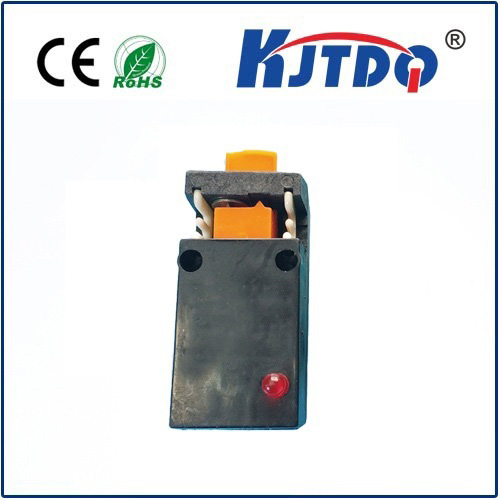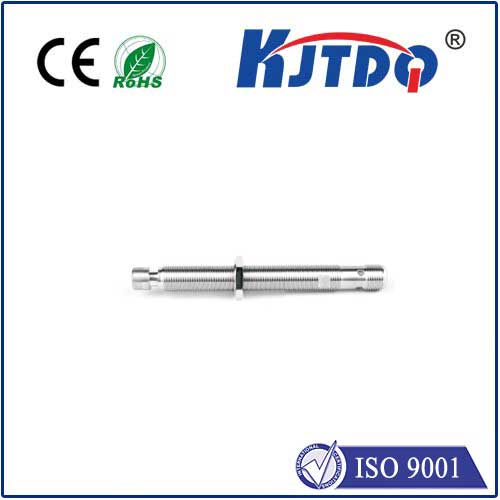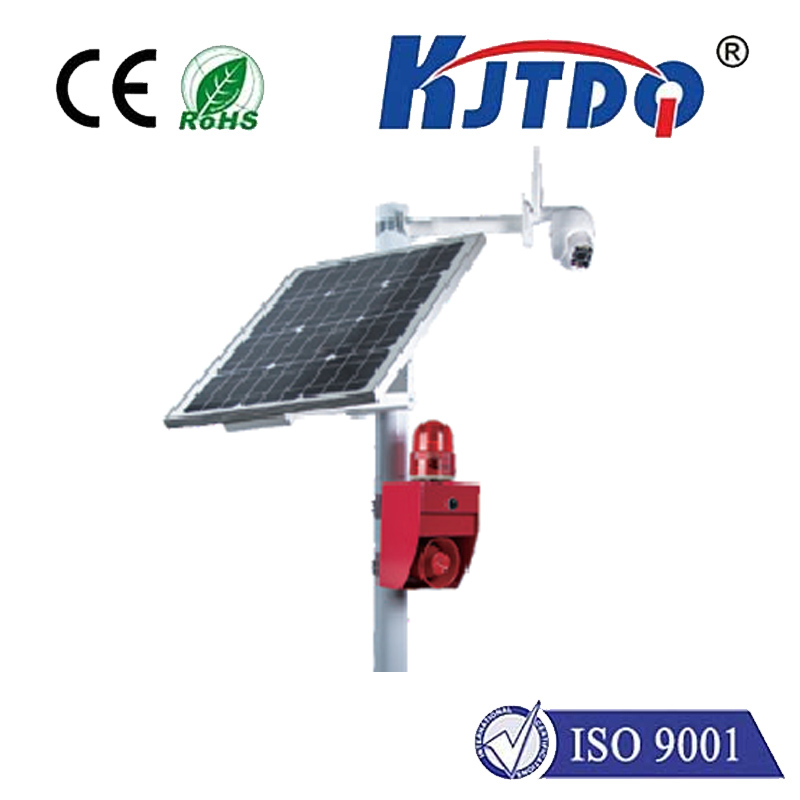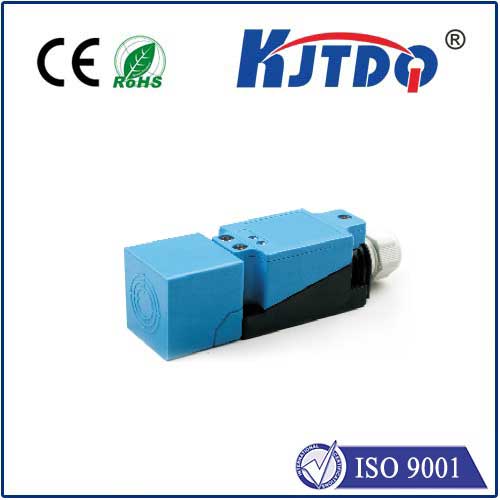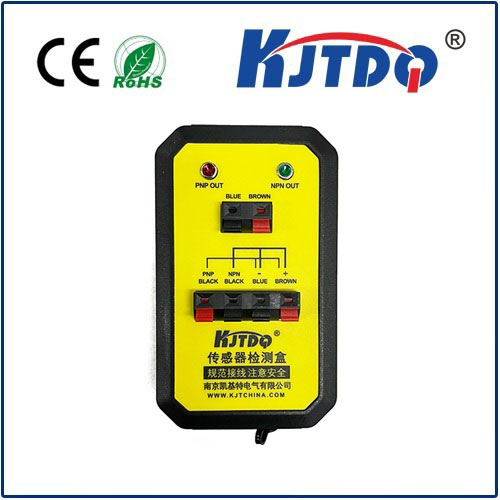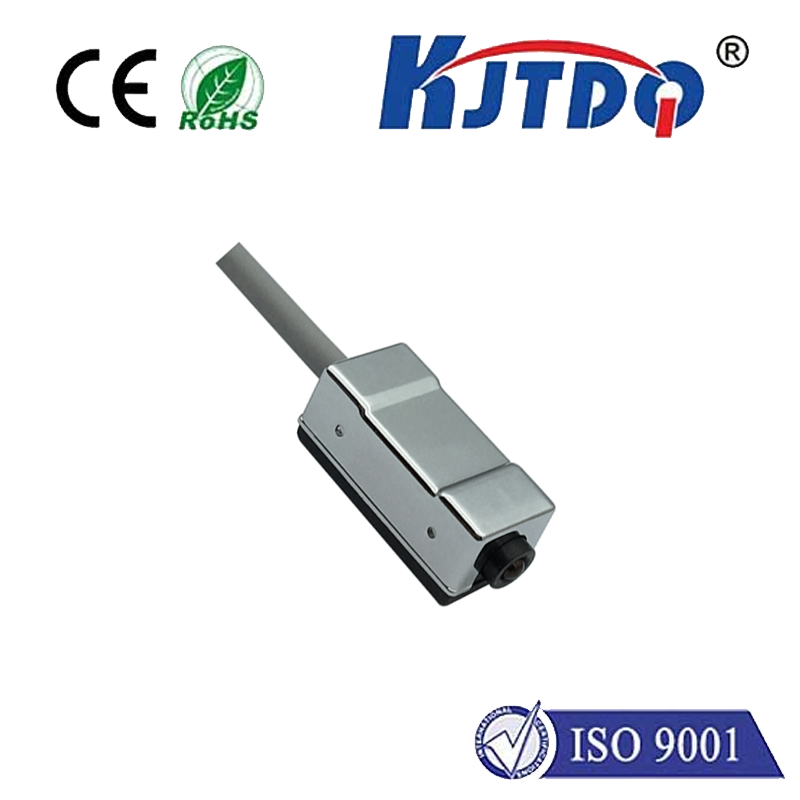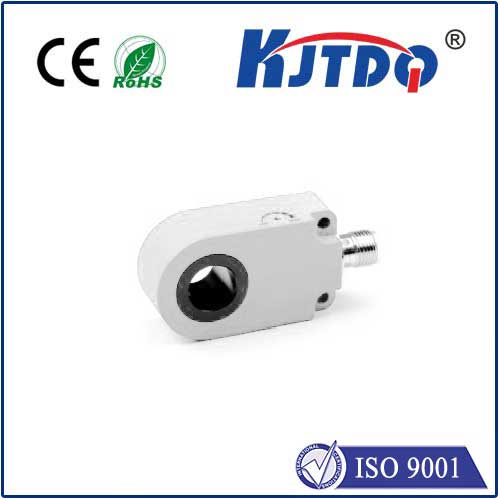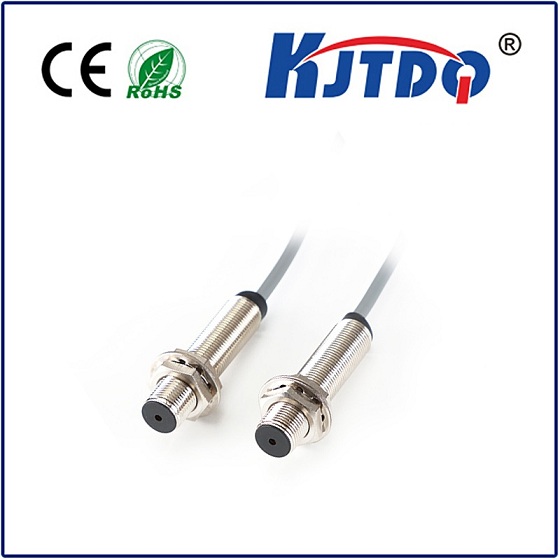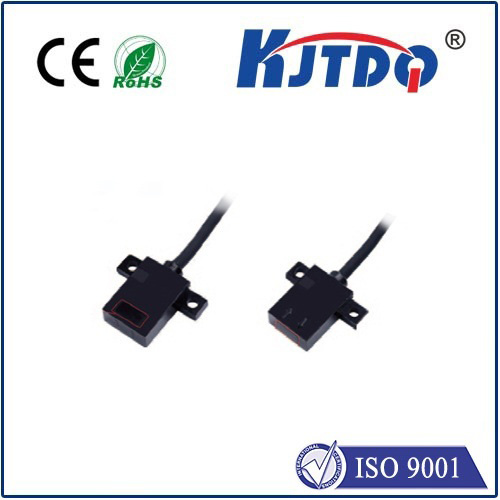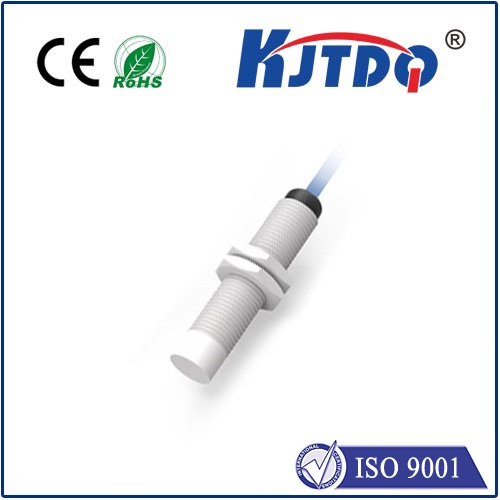
check

check

check

check

Title: The Importance of Temperature Sensors in Our Daily Lives Introduction: In our fast-paced world, technology plays an integral role in enhancing our daily experiences. One such innovation that often goes unnoticed is the humble temperature sensor, or “temp sensor”. This small yet powerful device has a multitude of uses that impact various aspects of our lives, from weather forecasting to medical diagnostics. In this article, we will delve into the significance of temperature sensors and explore their diverse applications. The Basics of Temperature Sensors: At its core, a temperature sensor is a device that measures and monitors heat levels. It converts temperature changes into electrical signals, allowing for easy reading and analysis. There are several types of temperature sensors available, including thermocouples, resistance temperature detectors (RTDs), and semiconductor-based sensors, each with its own unique set of advantages. Weather Forecasting and Environmental Monitoring: One of the most common applications of temperature sensors is in weather forecasting. Meteorologists use an array of temperature sensors placed at different locations around the globe to gather data on atmospheric temperatures. This information is then used to predict weather patterns and climatic changes. Furthermore, environmental scientists employ temperature sensors to monitor ecosystems and track changes in biodiversity due to shifting temperatures. Healthcare Applications: In the healthcare sector, temperature sensors are essential tools in medical diagnostics. Thermometers rely on temperature sensors to measure body temperature accurately, helping doctors identify potential fevers or infections. Additionally, these sensors play a critical role in thermal therapy treatments, where controlled heating or cooling is applied to affected tissues to promote healing. Industrial Processes: Temperature sensors are also vital in industrial settings, where they help maintain optimal operating conditions by monitoring equipment temperatures. For instance, in manufacturing plants, sensors ensure that machinery does not overheat, preventing breakdowns and extending the lifespan of expensive equipment. Similarly, in the food industry, temperature sensors are used to keep perishable goods at safe temperatures, thereby ensuring product quality and safety for consumers. Smart Home Technology: With the rise of smart home technology, temperature sensors have become even more prevalent in domestic environments. Smart thermostats use temperature sensors to regulate indoor climates automatically, providing comfort while also reducing energy consumption. Additionally, these sensors can be found in household appliances such as ovens, refrigerators, and washing machines, enabling precise control over cooking temperatures, food storage conditions, and laundry processes. Conclusion: The ubiquity of temperature sensors in modern society cannot be overstated. From guiding weather predictions to ensuring efficient industrial processes and enhancing home comfort, these unassuming devices have become integral to our daily lives. As technology continues to evolve, it is likely that we will see even more innovative uses for temperature sensors, further cementing their importance in our interconnected world.
